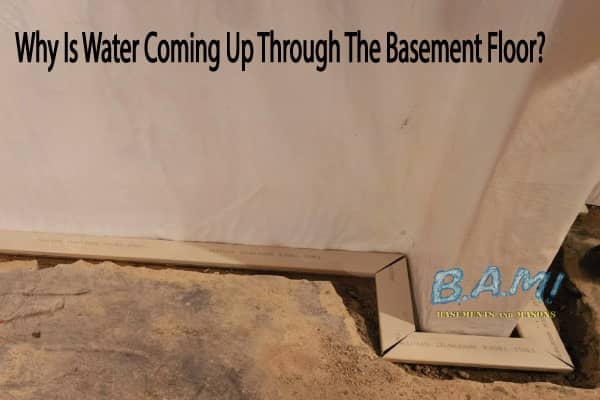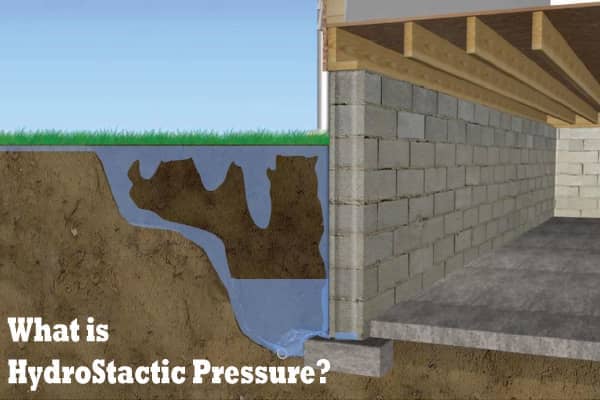6 Simple Techniques For Best Basement Waterproofing
6 Simple Techniques For Best Basement Waterproofing
Blog Article
Our Best Basement Waterproofing Statements
Table of ContentsGetting My Best Basement Waterproofing To WorkAbout Best Basement WaterproofingFacts About Best Basement Waterproofing RevealedThe 10-Minute Rule for Best Basement WaterproofingThe Best Basement Waterproofing Ideas
What triggers water damages problems in your basement? Here are a few things to try to find: when the foundation of your home is compromised, water is extremely great at slipping in between small cracks and crevices and causing damages. Pipelines that line the inside of your walls are just one example of where water damages can take place.The soil and ground of your home is very important. If there is way too much water surrounding your home, however, it can push the dirt right into your home and create the seals of your cellar to become endangered. Best Basement Waterproofing. when you see excess water in position where it must not be, that is an extremely good sign that you have an issue
You apply the finishing with a hefty brush made with bristles swirled throughout application for an appealing, ended up look. Concrete water resistant finishes can not be used to previously painted surfaces Silicate-based concrete sealants, also understood as densifiers, are additionally ideal only for wall surfaces that have not been repainted or sealed.
Since these are permeating sealants, they can not flake off or peel, and you can have paint used over them. The American Eagle group might uncover much more complicated reasons for your moisture issues; there are added services available. Plastic sheets and panels may be integrated with interior cellar water drainage systems. They do not quit water from surviving the wall, however they do stop it from wrecking points in the cellar.
Unknown Facts About Best Basement Waterproofing
A sump pump is required to relocate water out of your basement. In order to effectively advise a remedy for your damp basement, call American Eagle for a no-obligation see. Our service technicians will have the ability to discuss which services are options for your home. Why should you waterproof your cellar? Right here are a couple of points the professionals can mount to assist the waterproofing procedure: this is created for the walls of your cellar (Best Basement Waterproofing).

Basement waterproofing is a terrific means to obtain ahead of potential water damage that might come your means.
Facts About Best Basement Waterproofing Uncovered
When it pertains to securing your home, one of the most crucial actions you can take is basement waterproofing. A dry cellar not just makes sure a risk-free and healthy environment for you and your family members, however it additionally aids to avoid expensive water damage and mold growth. In my sources this article, we will discuss the relevance of basement waterproofing, the advantages it offers, and Read Full Report how you can tackle safeguarding your room.
By spending in basement waterproofing currently, you can aid to make sure that your home maintains its worth and attractiveness over time. An additional benefit of basement waterproofing is that it can assist to lower your power bills. A wet basement can add to higher levels of moisture in your home, which can make your HVAC system work tougher to keep a comfy temperature level.
When it concerns basement waterproofing, there are several techniques that can be used to keep water out of your area. These consist of indoor sealants, exterior waterproofing membrane layers, and drainage systems. The best method for your cellar will link certainly depend on variables such as the level of water breach, the condition of your foundation, and your spending plan.
In conclusion, cellar waterproofing is a crucial action in shielding your home from water damage, mold development, and various other problems. By purchasing basement waterproofing, you can ensure that your area continues to be completely dry, risk-free, and healthy and balanced for you and your family members. Not only does basement waterproofing offer assurance and protection for your home, however it can additionally increase its worth and conserve you cash on energy costs in the long run.
Best Basement Waterproofing Fundamentals Explained
Interior sealers are a type of cellar waterproofing approach that involves applying a sealer to the inside of the basement wall surfaces and floorings. Water can seep into a cellar through cracks, spaces, or permeable concrete, particularly in areas where there is high groundwater or inadequate drainage. This can result in water damages and mildew growth, in addition to damages to the structure and structural stability of the structure.
The sealer develops a barrier that avoids water from leaking via the concrete. This technique is only efficient for minor water damage and does not address the underlying reasons of the wetness. The primary resource of the requirement for exterior basement waterproofing is water seepage from the exterior of the structure wall surfaces.
It is an efficient service for stopping water damage and protecting the architectural honesty of the structure. Nonetheless, it can be pricey and turbulent to install, as it requires excavation around the structure and might include landscape design and other repair work once the waterproofing is complete. This approach is the most trusted and resilient service for preventing water infiltration in the cellar.
The 7-Second Trick For Best Basement Waterproofing

Report this page